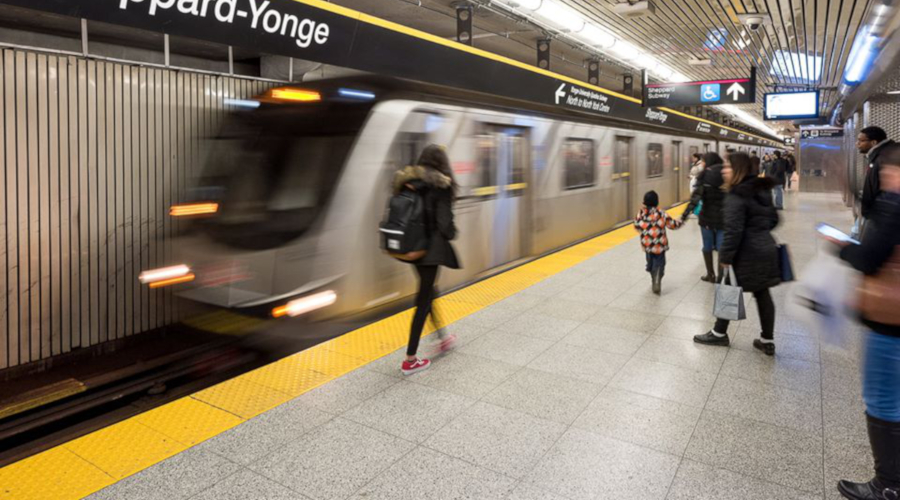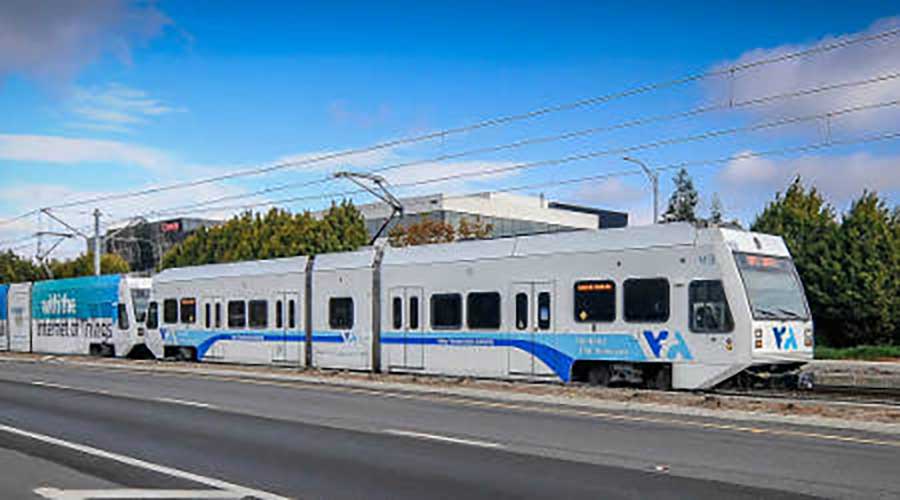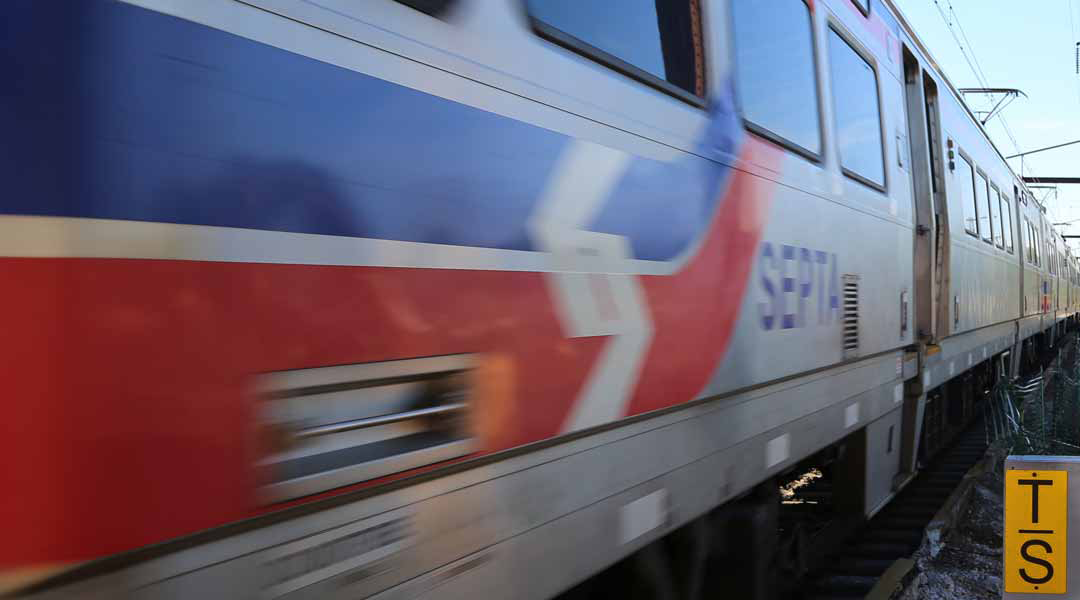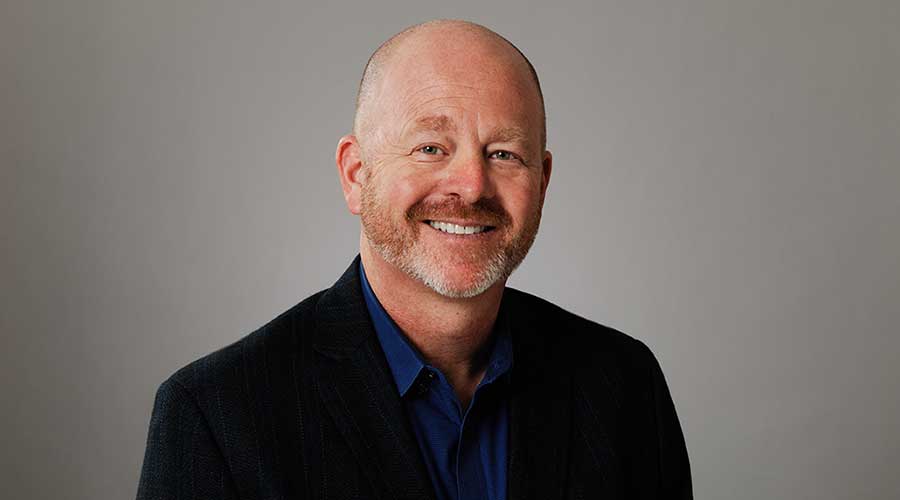Newsletter Sign Up
Stay updated on news, articles and information for the rail industry
Stay updated on news, articles and information for the rail industry
 railPrime
railPrime
RAIL EMPLOYMENT & NOTICES
Rail News Home
High-Speed Rail
Rail News: High-Speed Rail
2/9/2011
Rail News: High-Speed Rail
USHSR Summit, Day Two: Mica pushes for private-sector participation, detailed HSR proposal in surface transportation bill
advertisement
On Tuesday, Vice President Joseph Biden announced the Obama Administration’s proposal to invest $53 billion in high-speed rail (HSR) during the next six years. How will the federal government come up with those funds, especially during a time when many congressmen are calling for paring back government spending? And where would the money be spent?
One key congressman doesn’t necessarily oppose investing $50-plus billion in HSR — but he does think it needs to come with some very specific spending parameters. During today’s opening session at the U.S. High Speed Rail Association’s Washington, D.C. summit, House Transportation and Infrastructure Committee Chairman John Mica (R-Fla.) addressed the crowd, speaking about his vision for high-speed rail in the United States and providing his thoughts on the Administration’s plan.
For the past several years, Mica has advocated for implementing “true” HSR service on the Northeast Corridor, where Amtrak Acela trains currently operate at average speeds of 83 mph between D.C. and New York City, and 63 mph between New York City and Boston, according to Mica. He’s been critical of Amtrak’s management of the corridor, as well as the intercity passenger railroad’s 30-year, $117 billion plan to bring 220 mph service to the Northeast.
“[Amtrak’s proposal] is not acceptable,” he said. “I think it can be done in half the time and if we brought in public-private partnerships, we could not only speed up the time but get significant participation in the construction and financing.”
HSR is not going to take off in the United States until there’s one good success story, Mica believes. And the two projects that are currently getting the most buzz — California and Florida — aren’t going to cut it, he said.
California plans to launch construction on its HSR line in the Central Valley, which has far lower ridership potential than other segments of the line and makes it a poor model to set an example for HSR in the United States, Mica said. In Florida, the HSR project that’s been introduced as high-speed actually will operate at average speeds of 80 mph, Mica said.
“It’s a nice people mover, it will generate good revenues from the Orlando airport to the tourist area, but it’s not high speed,” he said.
Instead, the United States should invest heavily to launch dedicated HSR service in the NEC, which is owned by the federal government but "not properly utilized or managed, and has no plan for development,” Mica said.
“Amtrak is keeping that in house and wanting to do little pieces of things in this expensive plan and that’s the wrong way to go,” he said.
Instead, the government needs to garner private-sector participation in the Northeast Corridor to leverage the federal investment. However, Mica knows private businesses won’t get involved with public projects unless there are incentives for them. That’s why it’ll be important to define and outline details on public-private partnerships in the next six-year transportation bill, he said.
“The administration can put $53 billion into it, but if we aren’t going to get state and private-sector participation, what are we going to achieve?” he said.
Next week, Mica plans to launch a series of field hearings across the country to gather input on the next surface transportation bill. He encouraged USHSR conference attendees to attend the hearings and provide some suggestions.
“We want to make sure we craft the legislation so that you who know how to do this can be part of it and have successful projects,” he said. “I don’t think we have the best ideas yet in developing the language that would entice you to participate.”
Also as part of the process, Mica is bringing former Florida Department of Transportation Secretary Stephanie Kopelousos onboard for a couple of months to lead a group of national secretaries of transportation and other transportation leaders in determining how the federal government can eliminate some of the red tape that holds up transportation projects. The group’s suggestions will be included in the next transportation authorization bill.
Mica’s ultimate goal: to craft a very specific, well-thought-out surface transportation proposal that includes money for HSR but also provides a plan for how those funds will be spent.
“I have 100 new members of Congress who are very conservative, and I can’t tell them I don’t have a plan,” he said. “We need to straighten out what our priorities are, how we proceed, how we provide the least amount of subsidization.”
— Angela Cotey
One key congressman doesn’t necessarily oppose investing $50-plus billion in HSR — but he does think it needs to come with some very specific spending parameters. During today’s opening session at the U.S. High Speed Rail Association’s Washington, D.C. summit, House Transportation and Infrastructure Committee Chairman John Mica (R-Fla.) addressed the crowd, speaking about his vision for high-speed rail in the United States and providing his thoughts on the Administration’s plan.
For the past several years, Mica has advocated for implementing “true” HSR service on the Northeast Corridor, where Amtrak Acela trains currently operate at average speeds of 83 mph between D.C. and New York City, and 63 mph between New York City and Boston, according to Mica. He’s been critical of Amtrak’s management of the corridor, as well as the intercity passenger railroad’s 30-year, $117 billion plan to bring 220 mph service to the Northeast.
“[Amtrak’s proposal] is not acceptable,” he said. “I think it can be done in half the time and if we brought in public-private partnerships, we could not only speed up the time but get significant participation in the construction and financing.”
HSR is not going to take off in the United States until there’s one good success story, Mica believes. And the two projects that are currently getting the most buzz — California and Florida — aren’t going to cut it, he said.
California plans to launch construction on its HSR line in the Central Valley, which has far lower ridership potential than other segments of the line and makes it a poor model to set an example for HSR in the United States, Mica said. In Florida, the HSR project that’s been introduced as high-speed actually will operate at average speeds of 80 mph, Mica said.
“It’s a nice people mover, it will generate good revenues from the Orlando airport to the tourist area, but it’s not high speed,” he said.
Instead, the United States should invest heavily to launch dedicated HSR service in the NEC, which is owned by the federal government but "not properly utilized or managed, and has no plan for development,” Mica said.
“Amtrak is keeping that in house and wanting to do little pieces of things in this expensive plan and that’s the wrong way to go,” he said.
Instead, the government needs to garner private-sector participation in the Northeast Corridor to leverage the federal investment. However, Mica knows private businesses won’t get involved with public projects unless there are incentives for them. That’s why it’ll be important to define and outline details on public-private partnerships in the next six-year transportation bill, he said.
“The administration can put $53 billion into it, but if we aren’t going to get state and private-sector participation, what are we going to achieve?” he said.
Next week, Mica plans to launch a series of field hearings across the country to gather input on the next surface transportation bill. He encouraged USHSR conference attendees to attend the hearings and provide some suggestions.
“We want to make sure we craft the legislation so that you who know how to do this can be part of it and have successful projects,” he said. “I don’t think we have the best ideas yet in developing the language that would entice you to participate.”
Also as part of the process, Mica is bringing former Florida Department of Transportation Secretary Stephanie Kopelousos onboard for a couple of months to lead a group of national secretaries of transportation and other transportation leaders in determining how the federal government can eliminate some of the red tape that holds up transportation projects. The group’s suggestions will be included in the next transportation authorization bill.
Mica’s ultimate goal: to craft a very specific, well-thought-out surface transportation proposal that includes money for HSR but also provides a plan for how those funds will be spent.
“I have 100 new members of Congress who are very conservative, and I can’t tell them I don’t have a plan,” he said. “We need to straighten out what our priorities are, how we proceed, how we provide the least amount of subsidization.”
— Angela Cotey


 2025 MOW Spending Report: Passenger-rail programs
2025 MOW Spending Report: Passenger-rail programs
 Gardner steps down as Amtrak CEO
Gardner steps down as Amtrak CEO
 Guest comment: Oliver Wyman’s David Hunt
Guest comment: Oliver Wyman’s David Hunt
 Women of Influence in Rail eBook
Women of Influence in Rail eBook








